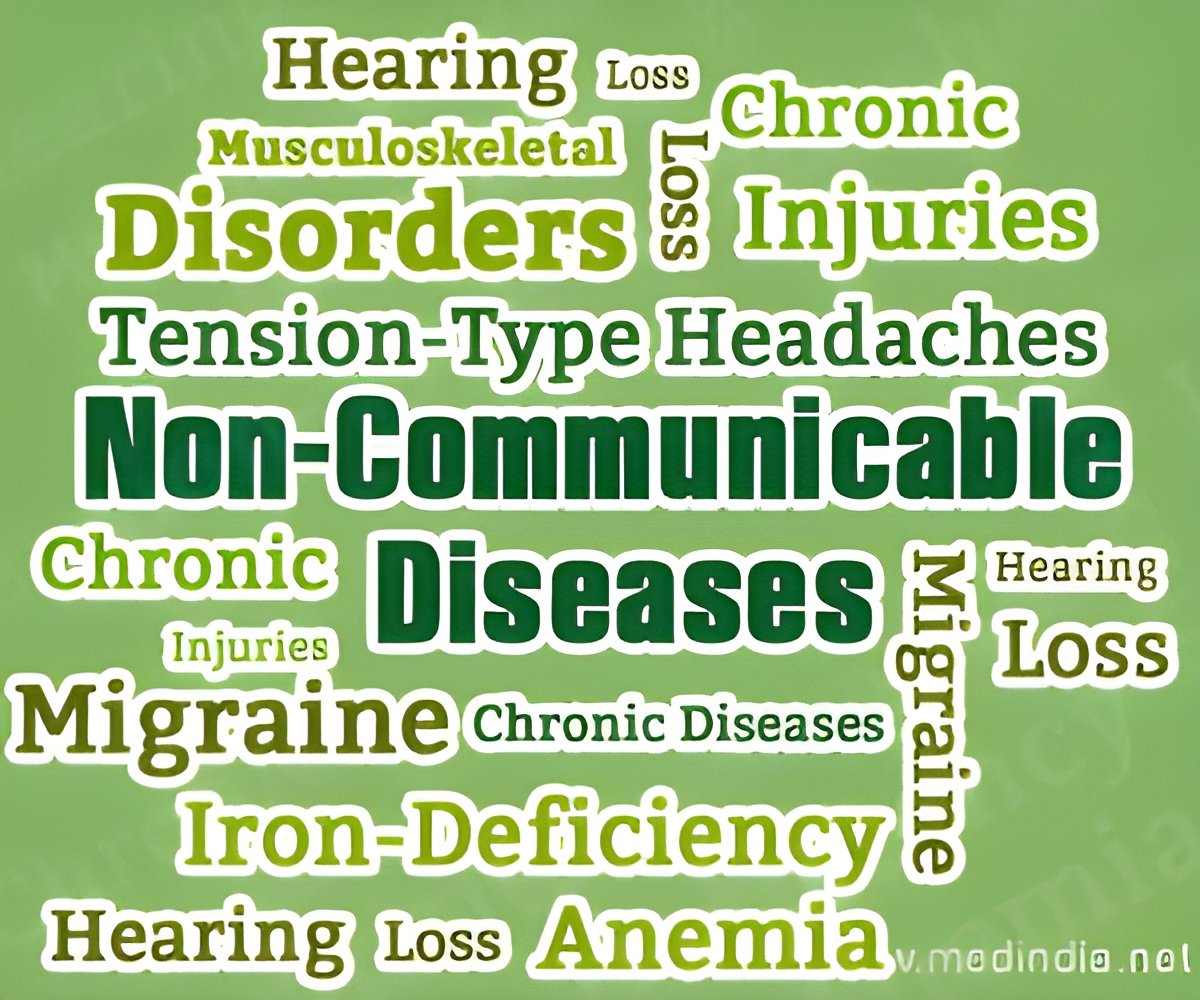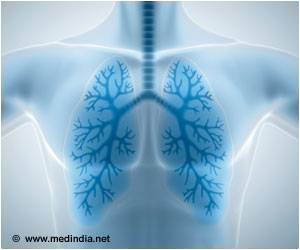High rates of diet-related non-communicable diseases have documented in India, which like South Africa is experiencing the double burden of malnutrition.

‘High rates of diet-related non-communicable diseases have been documented in India. Richer people who have access to a variety of foods tend to be overweight while poor people who cannot afford the most basic foods tend to be underweight.’





Incomes are rising in India, Mexico, China, South Africa and Brazil while urbanisation is continuing, a transition to western dietary habits is underway and in each country high rates of diet-related non-communicable diseases have been documented, the think tank said. The five case studies illuminate these countries' distinct experiences of the nutrition transition and the responses of their respective governments.
"Chronic Disease, Changing Diets, and Sustainability: The Globaliziation of Western-Style Eating and its Implications", part of Brighter Green's discussion paper series, is designed to encourage new thinking, dialogue and action on global challenges where concerns for the environment, animals and sustainability intersect.
The paper -made public on the sideline of the 23rd annual ongoing UN climate change talks (COP 23) in Bonn - also provides cautionary examples of how an increase in non-communicable diseases almost always accompanies a changing food environment.
In 2014, non-communicable diseases accounted for 77 percent of deaths in Mexico and a staggering 87 percent of deaths in China.
Advertisement
Similarly, infectious disease accounted for 48 percent of mortality in South Africa in 2014, yet one-quarter of South Africans are obese.
Advertisement
Heart disease is responsible for majority of the deaths in India and over 60 million Indians - nearly five percent of India's population - have been diagnosed with diabetes and this number is expected to rise and quickly.
Many other developing countries, including South Africa, Mexico and China, are facing a similar dilemma.
As their middle classes grow and rural to urban migration accelerates, more people are shifting away from diets high in unprocessed starch, high-fiber vegetables and plant proteins.
Instead, they are adopting a western-style way of eating, full of animal protein and fat, refined carbohydrates and sugar, says the paper.
In 2014, over 40 percent of Indian adults were considered underweight while obesity rates have climbed steadily throughout the last 40 years.
Diabetes trends in India are "absolutely frightening", says the paper quoting Nikhil Tandon, a professor of endocrinology at the All India Institute of Medical Sciences (AIIMS). In India, income is closely associated with malnutrition, researchers have found.
Richer women who likely have access to a variety of foods tend to be overweight while poorer women who cannot afford the most basic foods tend to be underweight. Even as a growing number of Indians eat higher up the food chain, under-nutrition remains a stubborn problem. More than 40 percent of Indian children younger than five are malnourished.
The 25-page paper says to combat high rates of diabetes and obesity, India is poised to take measures similar to those the Mexican government has put in place like tax sugar sweetened beverages and junk food.
In addition to policy changes, perceptions also need to change so that citizens of India and other countries see the western-style diet for what it is: a recipe for obesity and chronic disease.
Source-IANS









